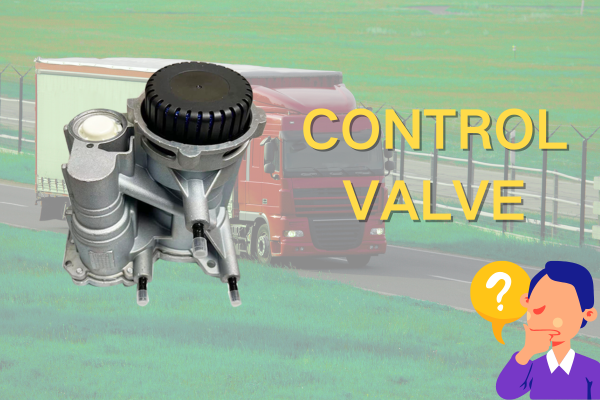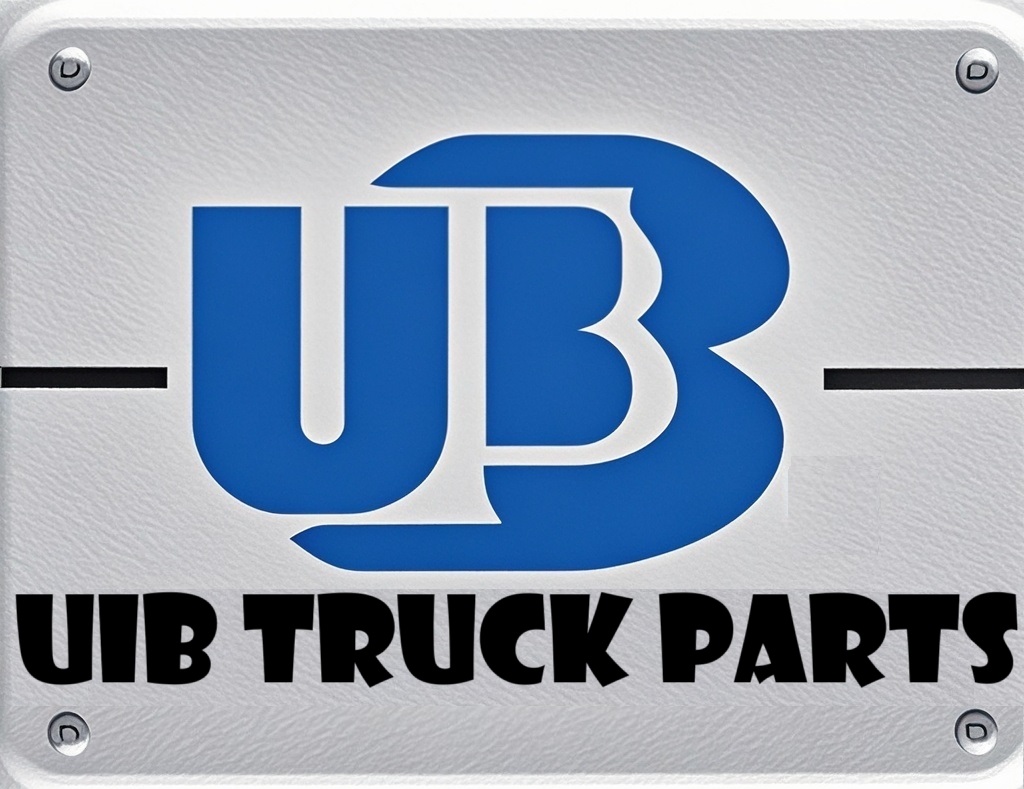About Us
Comprehensive Guide to Automotive Tail Lights: From Working Principles to Maintenance
Views : 237
Update time : 2025-06-26 13:49:14
Working Principles and Types of Automotive Tail Lights
Automotive tail lights are crucial safety signaling devices that convey a vehicle's driving status to rear - approaching vehicles and pedestrians through lighting. Their operation is based on circuit control and light source illumination. According to the principle of light emission, they are mainly classified into the following three types:
(1) Halogen Tail Lights
Halogen tail lights use halogen bulbs as the light source. Halogen gas is injected into an incandescent bulb, and the tungsten filament emits light when heated by an electric current. Once the power is turned on, the tungsten filament heats up to an incandescent state to produce light. The halogen gas slows down the evaporation of the tungsten filament, extending the bulb's service life. Halogen tail lights are low - cost and technologically mature. However, they have limited brightness, high energy consumption, and a relatively short lifespan, usually around 2,000 - 3,000 hours.
(2) LED Tail Lights
LED (Light - Emitting Diode) tail lights utilize the principle of electron transition in semiconductor materials to emit light. When an electric current passes through the LED chip, electrons recombine with holes, releasing energy in the form of photons. They offer advantages such as high brightness, fast response speed (only 0.1 seconds, more than 0.5 seconds faster than halogen lights), low energy consumption (only 1/3 - 1/5 of that of halogen lights), long lifespan (up to over 50,000 hours), and small size, which facilitates the design of complex shapes. However, their price is relatively high.
(3) OLED Tail Lights
OLED (Organic Light - Emitting Diode) tail lights represent a more advanced lighting technology. They are composed of organic material films, and the organic materials emit light directly under the action of an electric field. They have the self - emitting characteristic, eliminating the need for a backlight source, enabling ultra - thin designs and arbitrary shape cutting. The light emission is uniform and soft without glare, providing an excellent visual effect. They can also achieve partial lighting, creating unique dynamic lighting effects. Nevertheless, OLED technology is costly and is currently mainly applied to high - end vehicle models.
Maintenance Methods for Automotive Tail Lights
(1) Daily Cleaning
The surface of tail lights is prone to accumulate dirt such as dust, mud, and insect remains, which affects light transmittance and appearance. Perform exterior cleaning at least once a week. Gently wipe the surface of the tail lights with a soft, damp cloth to remove stains. For stubborn stains, you can dilute a neutral cleaner and then wipe the surface, rinse it thoroughly with clean water, and finally dry it with a dry cloth to prevent water stains from forming scale.
(2) Regular Inspections
Check the working status of the tail lights once a month. After starting the vehicle, operate functions such as braking, turning, and reversing respectively, and observe whether the tail lights turn on and off normally, and whether the lights flash or have abnormal brightness. If a tail light fails to light up or flashes too frequently (the normal flashing frequency of turn signals is 60 - 120 times per minute), it may be due to a burnt - out bulb, poor wire connection, or a blown fuse, and the fault needs to be investigated and resolved promptly.
(3) Waterproof and Sealing Inspections
Inspect the waterproof sealing rubber strips of the tail lights once a year to check for signs of aging, cracking, or detachment. If damaged, replace the sealing rubber strips with new ones in a timely manner. When installing the tail lights, ensure that the sealing rubber strips are properly positioned to prevent rainwater and moisture from entering the interior of the tail lights, which could lead to short circuits or bulb corrosion. After driving through water - logged sections, also check for water vapor inside the tail lights. If there is only a small amount of water vapor, you can turn on the headlights to use the heat generated by the bulbs to disperse it. In case of severe water vapor or water accumulation, remove the tail lights for drying and check the sealing.
Replacement Cycles for Automotive Tail Lights
(1) Halogen Bulbs
Halogen bulbs have a relatively short service life. It is generally recommended to replace them after 2 - 3 years of use, or replace them in a timely manner when the bulb brightness significantly decreases or it burns out frequently. For vehicles with high usage frequency, such as taxis and ride - hailing cars, the replacement cycle should be shortened to 1 - 2 years to ensure driving safety.
(2) LED and OLED Tail Lights
LED and OLED tail lights have a long theoretical lifespan, but their actual service life can vary depending on factors such as the usage environment, heat dissipation conditions, and circuit stability. Under normal circumstances, after 5 - 8 years of use, LED tail lights may experience brightness degradation or some LED beads may stop working. OLED tail lights have a slightly shorter lifespan, approximately 3 - 5 years. When significant brightness reduction, partial failure to light up, or a change in light color is detected, the tail lights should be replaced in a timely manner. In addition, if the tail lights are damaged due to collisions or external forces, regardless of the type, the entire tail light assembly should be replaced immediately to ensure that the vehicle complies with safety regulations and can operate safely.
相关新闻
 Revealing Three Little-Known Facts About Trucks
Revealing Three Little-Known Facts About Trucks
Aug 06,2025
This article presents three little-known facts about trucks, including that the cab can be flipped for engine maintenance, the rearview mirrors are equipped with defrosting and deicing functions, and the small tank next to the fuel tank is an urea tank which is crucial for environmental protection. It helps readers understand the secrets behind truck designs and functions.
 Control Valve: The "Key Steward" in Truck Engines
Control Valve: The "Key Steward" in Truck Engines
Aug 05,2025
This article introduces the role of the control valve in the diesel pump, including controlling fuel quantity and stabilizing pressure; lists symptoms when it malfunctions, such as weakened power and increased fuel consumption; provides maintenance methods, and illustrates through cases that paying attention to the control valve can avoid unnecessary expenses.
 Control Valve: The "Invisible Commander" of Truck Power
Control Valve: The "Invisible Commander" of Truck Power
Aug 05,2025
The control valve is an indispensable core regulating component in the truck power system. Although it hides inside the machinery and keeps a low profile, it relies on its powerful functions to precisely command the rhythm of power output, comprehensively ensure driving safety, and intelligently adapt to various working conditions. With sophisticated design techniques and durable material selection, it can achieve a perfect balance between power and efficiency in various complex scenarios, and can be called the invisible cornerstone supporting the efficient and stable operation of trucks.
 Truck Snow Chains: Safety Guarantee on Icy and Snowy Roads
Truck Snow Chains: Safety Guarantee on Icy and Snowy Roads
Jul 28,2025
This article elaborates on truck snow chains, including their important role on icy and snowy roads, applicable scenarios, selection methods, installation steps, and usage precautions. It aims to provide references for truck drivers to drive safely in icy and snowy weather and reduce accidents caused by slippery roads.
